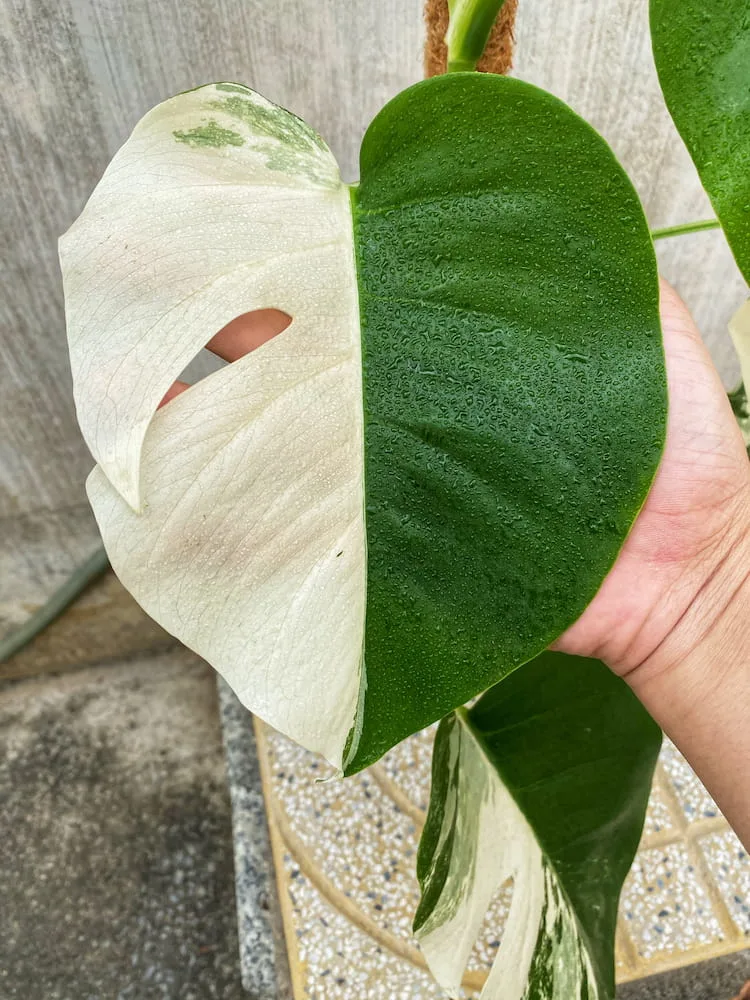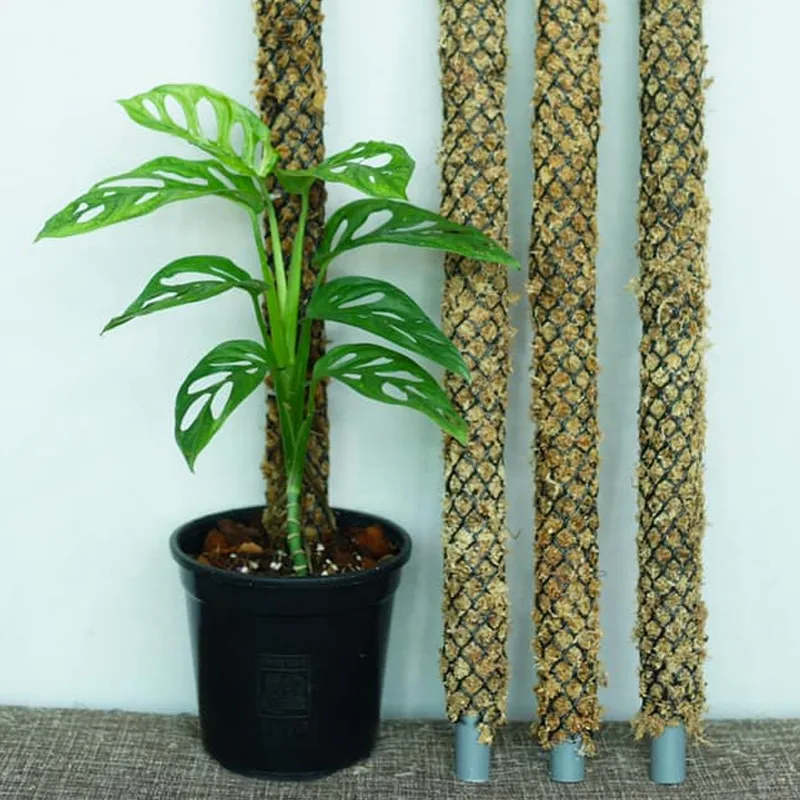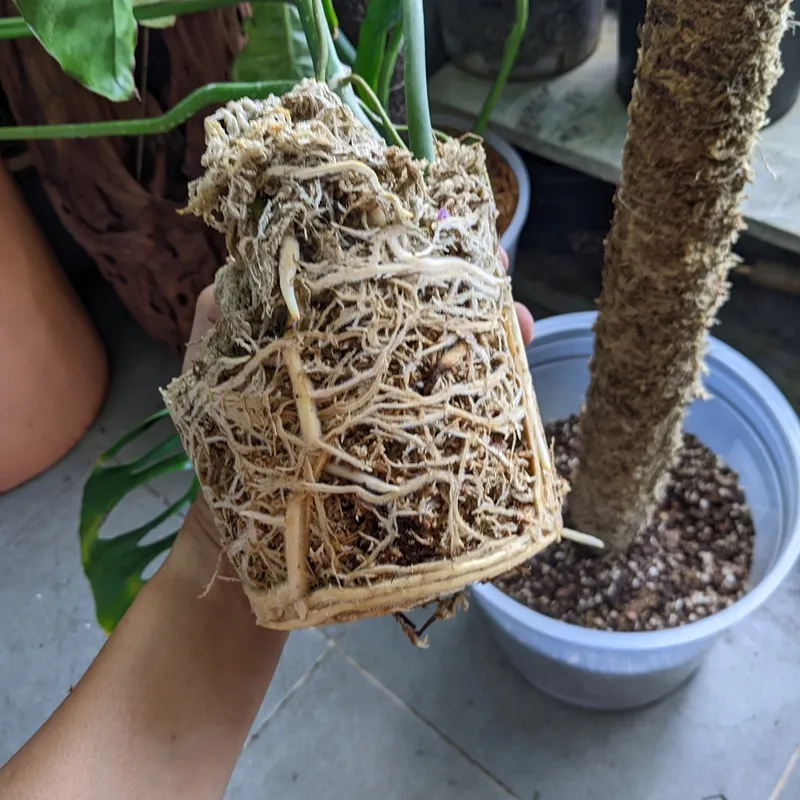Monstera, with its iconic fenestrated leaves and unique vine-like growth habit, has become a popular houseplant choice among enthusiasts. As its popularity soars, many plant lovers are keen to expand their Monstera collection by propagating these stunning plants. Propagation offers a rewarding and cost-effective way to create new Monstera plants, enabling enthusiasts to share their love for this tropical beauty. In this article, we will delve into various methods of propagating Monstera, providing step-by-step instructions to help you successfully multiply your Monstera collection.
1. Monstera Propagation through Stem Cuttings
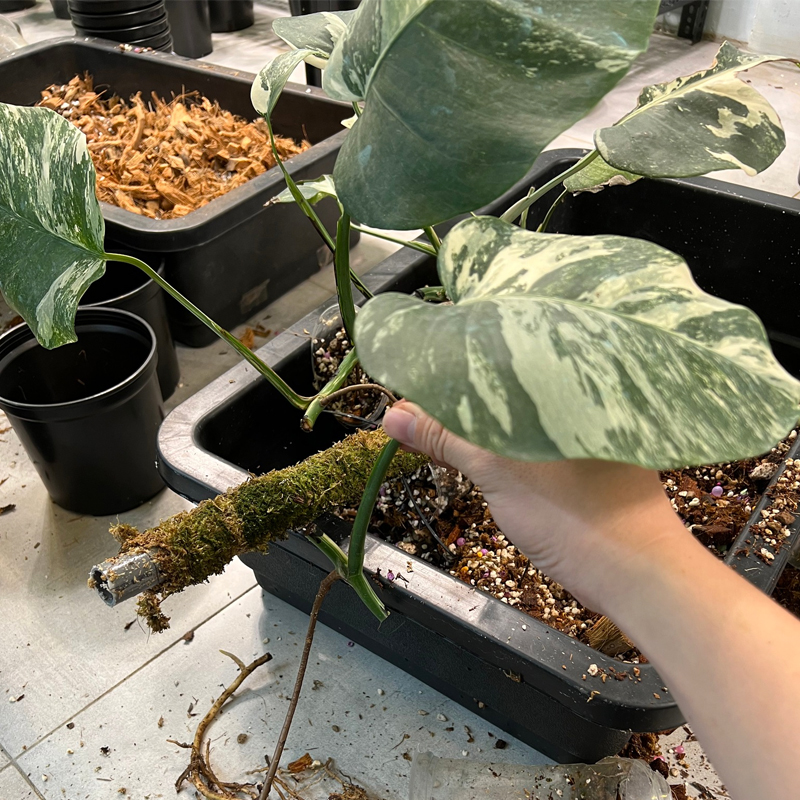

One of the most common and reliable methods for propagating Monstera is through stem cuttings. Follow these steps for successful propagation:
- Select a healthy parent plant: Choose a mature Monstera plant with a strong stem and several well-developed leaves.
- Prepare the cutting: Using a clean, sharp knife or pruning shears, make a clean cut just below a node on the stem. Ensure the cutting is around 6-8 inches in length and has at least one or two leaves.
- Promote root development: Dip the cut end of the stem in a rooting hormone (optional) and plant it in a well-draining potting mix. Water the soil lightly and cover the cutting with a plastic bag or a propagation dome to create a humid environment.
- Provide the right conditions: Place the cutting in a warm, bright location, but avoid direct sunlight. Keep the soil moist but not soggy, and ensure good air circulation.
- Monitor growth: After a few weeks, check for root development by gently tugging the cutting. Once roots have formed, gradually acclimate the new plant to its new environment by removing the plastic cover and increasing exposure to light.

2. Propagating Monstera through Air Layering
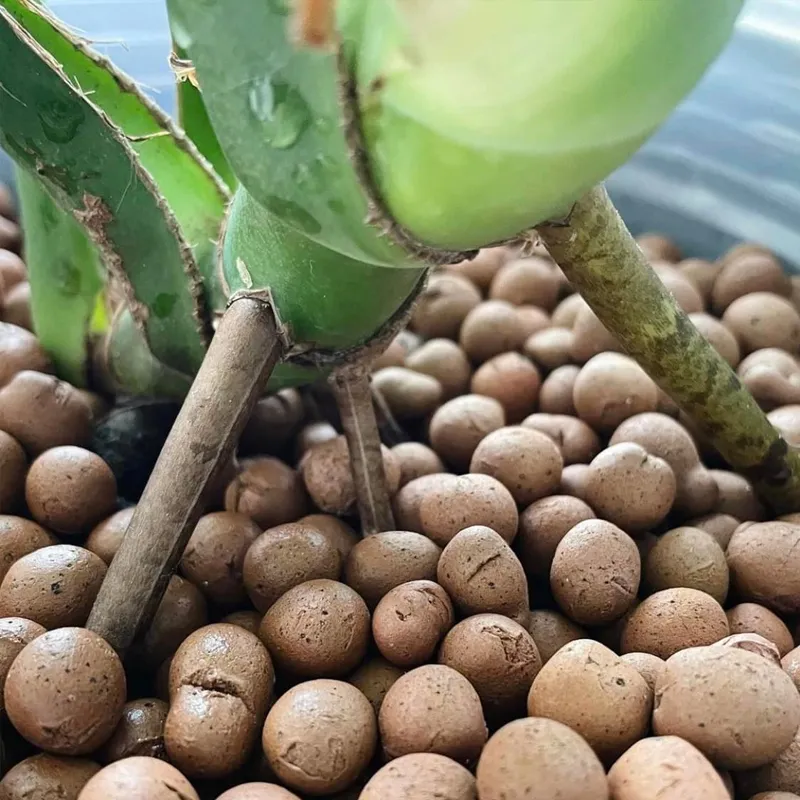

Air layering is another effective method to propagate Monstera. This technique allows you to encourage roots to develop while the cutting remains attached to the parent plant. Here’s how to do it:
- Select a healthy stem: Choose a mature stem with a node that is strong and healthy. Make a small upward cut just below the node, about one-third of the way through the stem.
- Apply rooting hormone: Apply a rooting hormone to the exposed area to stimulate root growth.
- Enclose with a moist medium: Surround the exposed area with a moist sphagnum moss or a similar medium. Wrap the moss tightly with plastic wrap or aluminum foil, ensuring it remains moist but not waterlogged.
- Wait for root development: Check regularly for root growth by gently lifting the plastic wrap. Once roots have formed, carefully cut the stem below the newly developed roots and plant it in a pot filled with well-draining soil.
3. Monstera Propagation through Node Cuttings
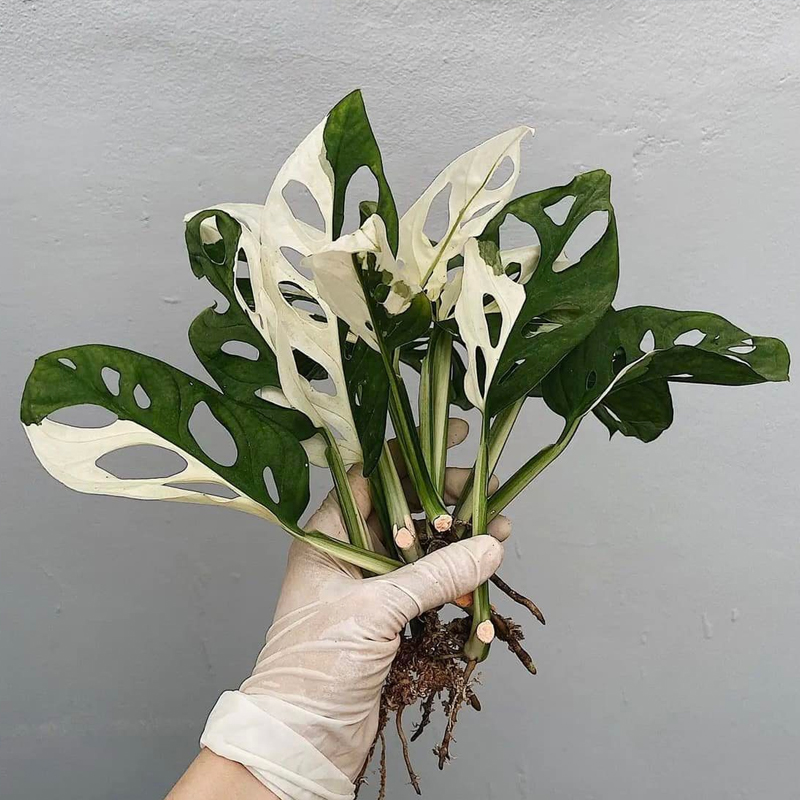

Monstera can also be propagated through node cuttings, especially when you want to encourage a more bushy growth habit. Follow these steps to propagate using this method:
- Choose a suitable node: Identify a healthy node on the parent plant, which is a swollen area on the stem where the leaves and roots emerge.
- Make a clean cut: Using a sharp, sterilized knife, make a clean cut just below the chosen node, ensuring you have at least one leaf attached.
- Plant the cutting: Place the cutting in a container filled with moist potting mix, ensuring the node is in contact with the soil. Gently press the soil around the cutting to provide stability.
- Maintain optimal conditions: Keep the cutting in a warm, humid environment with indirect light. Mist the leaves regularly to maintain high humidity levels.
- Monitor growth: Over the next few weeks, check for signs of new growth and root development. Keep the soil moist but not overly wet to prevent rotting.
- Transplanting: Once the cutting has developed a sufficient root system, it can be transplanted into a larger pot with well-draining soil. Ensure the new pot provides enough space for the plant to grow and thrive.
4. Water Propagation


Water propagation is a popular method for beginners and allows you to observe root development directly. Here’s how to propagate Monstera in water:
- Select a healthy cutting: Choose a stem cutting with at least one node and one or two leaves. Remove any leaves that would be submerged in the water.
- Place the cutting in water: Fill a glass or jar with filtered water and submerge the cutting, making sure the node is covered but the leaves remain above water. Place it in a well-lit area away from direct sunlight.
- Change the water regularly: Every few days, change the water to prevent stagnation and the growth of harmful bacteria. Use room temperature water to avoid shocking the plant.
- Monitor root development: After a few weeks, you will start to see roots growing from the node. Once the roots are a few inches long and well-developed, you can transfer the cutting to a pot with soil.
5. Division
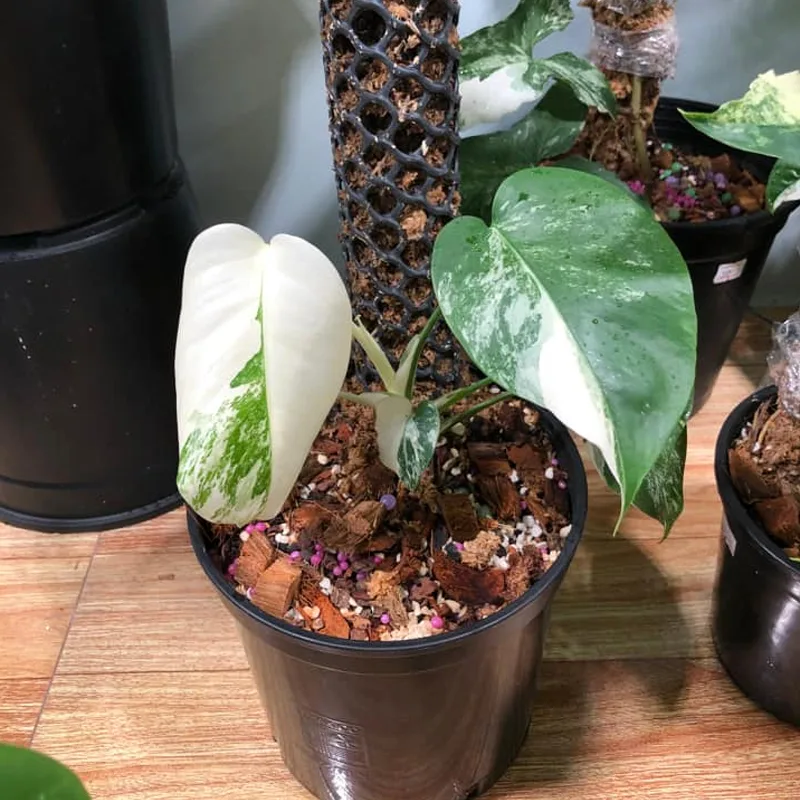

Division is a suitable propagation method for mature Monstera plants with multiple stems or offshoots. Follow these steps to divide your plant:
- Prepare the plant: Carefully remove the parent plant from its pot, gently shaking off excess soil. This will expose the root system and make it easier to divide.
- Divide the plant: Identify natural divisions or offshoots with their own root systems. Using a sharp, sterilized knife or shears, separate these sections from the parent plant, ensuring each section has sufficient roots and stems.
- Plant the divisions: Place each divided section in a separate pot with fresh, well-draining soil. Ensure the roots are properly covered and the plant is stable. Water the newly potted divisions and place them in a suitable environment.
6. Seedlings


While Monstera can produce seeds, propagating through seedlings is less common and more challenging compared to other methods. This is because Monstera seeds can be difficult to obtain and require specific conditions for successful germination. However, if you’re up for the challenge, here are the steps to propagate Monstera through seedlings:
- Seed Collection: Obtain fresh Monstera seeds from a reliable source. It’s important to note that Monstera plants rarely produce seeds indoors, so you might need to source the seeds from mature plants growing outdoors or from specialized seed suppliers.
- Seed Preparation: Before sowing the seeds, it’s beneficial to soak them in lukewarm water for about 24 hours. This process can help soften the seed coat and improve germination rates.
- Sowing the Seeds: Fill a small seed tray or pots with a well-draining seed-starting mix. Moisten the soil with water, ensuring it’s evenly damp. Plant the Monstera seeds on the surface of the soil, spacing them adequately to allow room for growth.
- Covering and Creating Humidity: Cover the seed tray or pots with a clear plastic dome or place them inside a plastic bag to create a humid environment. This helps to retain moisture and promote germination. Keep the tray or pots in a warm location with indirect light.
- Germination and Care: Monitor the seed tray or pots regularly for signs of germination, which can take several weeks to months. Once the seedlings emerge, remove the plastic cover and provide them with bright, indirect light. Maintain consistent moisture in the soil, but be cautious not to overwater, as it may lead to fungal issues.
- Transplanting: When the seedlings have grown a few inches tall and have developed a few leaves, they can be carefully transplanted into individual pots filled with well-draining soil. Ensure the pots have drainage holes to prevent waterlogging. Provide them with the same care as mature Monstera plants, including proper watering, light exposure, and humidity.
It’s important to keep in mind that propagating Monstera through seedlings is a longer and more uncertain process compared to other propagation methods. Additionally, the resulting plants may not exhibit the exact characteristics of the parent plant since Monstera plants can have genetic variations. Nonetheless, if you’re patient and willing to experiment, growing Monstera from seeds can be a rewarding endeavor. Remember to consult specific seed propagation guides or seek advice from experienced gardeners to increase your chances of success when propagating Monstera through seedlings.
Propagating Monstera plants offers plant enthusiasts an exciting opportunity to expand their collection and share the beauty of these tropical wonders. Whether you choose to propagate through stem cuttings, air layering, node cuttings, water propagation, or division, each method provides its unique advantages and rewards. By following the step-by-step instructions provided in this guide, you can successfully propagate Monstera and enjoy the process of nurturing new plants. So, go ahead and embark on your propagation journey, and may your Monstera collection flourish!
